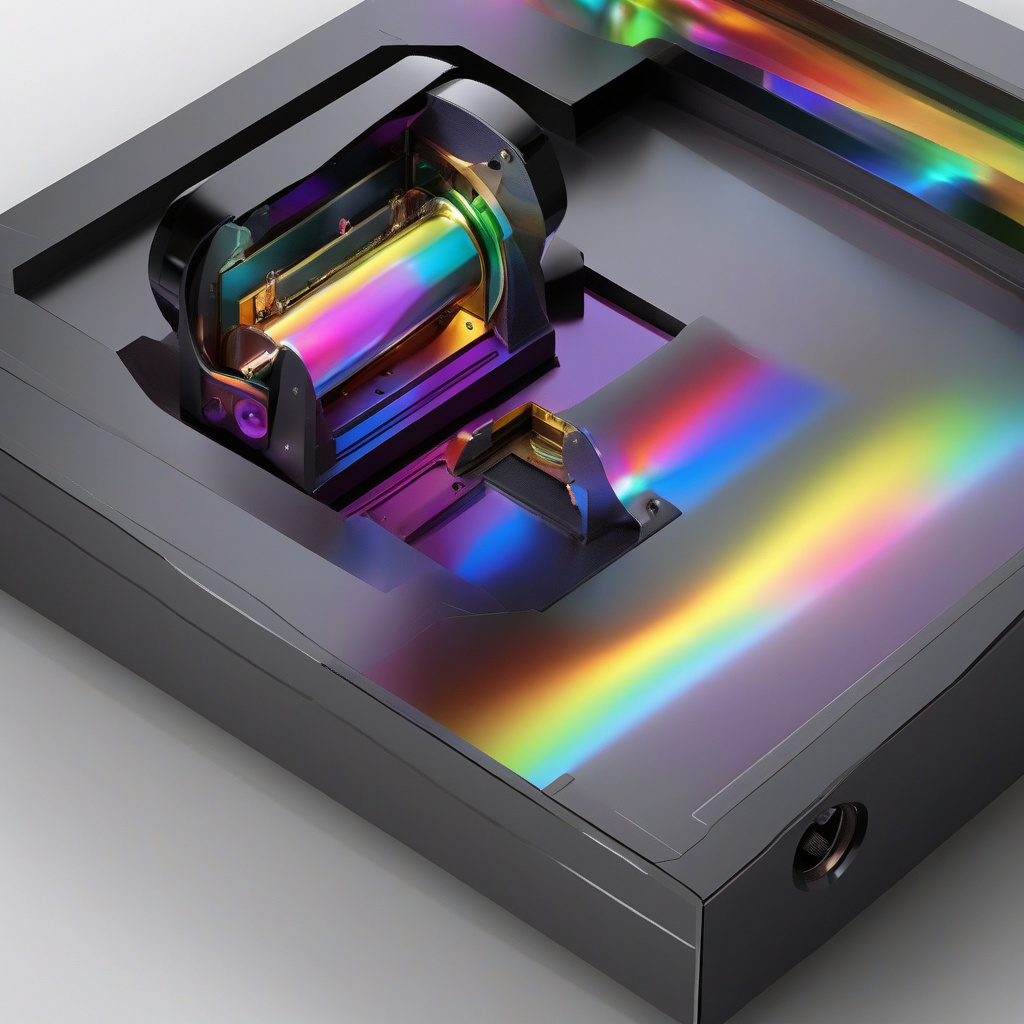World’s smallest spectrometer captures full light spectrum in under one millisecond
A new spectrometer developed at North Carolina State University could bring advanced chemical analysis tools to the palm of your hand. This groundbreaking device, known as the world’s smallest spectrometer, is capable of capturing the full light spectrum in under one millisecond, revolutionizing the way we approach spectroscopy.
Spectrometers are essential tools in various fields, from chemistry and biology to environmental science and astronomy. These instruments analyze the interaction between light and matter to provide crucial insights into the composition and properties of substances. However, traditional spectrometers are often bulky, expensive, and time-consuming to operate, limiting their accessibility and practicality.
The innovative spectrometer developed at North Carolina State University addresses these limitations by leveraging cutting-edge technology to shrink the device’s size without compromising its performance. By incorporating microelectromechanical systems (MEMS) and advanced signal processing algorithms, the researchers were able to create a compact yet powerful spectrometer that fits in the palm of your hand.
One of the most remarkable features of this miniaturized spectrometer is its incredible speed. While conventional spectrometers can take seconds or even minutes to capture a complete spectrum, this new device achieves the same feat in less than one millisecond. This unprecedented speed opens up a world of possibilities for real-time monitoring and analysis in various applications.
For example, in the field of healthcare, the compact spectrometer could enable rapid and accurate diagnostic tests by analyzing biological samples on the spot. In environmental monitoring, it could detect pollutants in air and water with high sensitivity and specificity. In food safety, it could identify contaminants or adulterants in products with ease. The potential uses of this technology are vast and diverse, promising to revolutionize industries and research fields across the board.
Moreover, the miniaturized spectrometer’s portability and affordability make it accessible to a wider range of users, from small research labs to educational institutions to industrial settings. Its user-friendly interface and seamless integration with smartphones or other devices further enhance its usability, allowing non-experts to harness the power of spectroscopy with ease.
As we witness the rise of the world’s smallest spectrometer, it’s clear that we are entering a new era of chemical analysis and spectroscopy. With its unparalleled speed, versatility, and convenience, this innovative device has the potential to transform how we study and understand the world around us. Whether it’s accelerating scientific discoveries, improving healthcare outcomes, or ensuring the quality and safety of our environment, the impact of this miniature marvel is bound to be profound.
In conclusion, the development of the world’s smallest spectrometer at North Carolina State University marks a significant milestone in the evolution of spectroscopy technology. By compressing a powerful analytical tool into a tiny package that delivers results in milliseconds, this innovation paves the way for exciting applications across various industries and disciplines. As we embrace the era of miniaturization and speed in spectroscopy, the possibilities for advancement and discovery are limitless.
spectrometer, innovation, technology, spectroscopy, North Carolina State University












